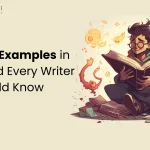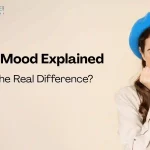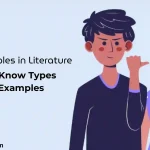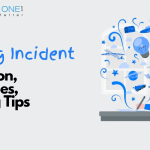What Are Fictional Characters?
Fictional characters are imaginary people or beings crafted by authors, screenwriters, and creators to live within stories. They don’t exist in real life but often feel incredibly real to us. From wizards to warriors, and detectives to dreamers, fictional characters populate every genre of storytelling.
The Role of Fictional Characters in Storytelling
Fictional characters are crucial to storytelling because they drive the plot, embody themes, and connect emotionally with audiences. They serve as platforms for writers to investigate human experiences, ideals, and conflicts.
Character development fosters empathy and involvement, resulting in more interesting and memorable storytelling. Iconic figures such as Sherlock Holmes and Harry Potter transcend their stories, affecting culture and readers’ imaginations.
Throughout their experiences, fictional characters shed light on both individual and collective aspects of human nature.
Why We Connect with Fictional Characters
We identify with fictional characters because they frequently mirror our emotions, struggles, and dreams. These individuals evoke familiarity and empathy with their well-developed personalities and realistic experiences.
Whether they are dealing with love, bereavement, or personal growth, their stories reflect real-life situations, allowing readers to see aspects of themselves in the narrative.
This emotional relationship allows us to process our own emotions and provides consolation or inspiration. Ultimately, fictional characters become relevant because they resonate with our inner realities.
Types of Fictional Characters
Protagonists and Heroes
Protagonists are the main characters in a novel, frequently driving the plot with their objectives, decisions, and challenges.
While not all protagonists are heroes, many exhibit heroic traits such as bravery, morality, and self-sacrifice. Heroes usually represent the “good” in a story and are appreciated for their bravery or noble actions.
Classic examples include Harry Potter and Frodo Baggins. These characters frequently experience personal growth, face great conflicts, and inspire readers with their journey and transformation.
Antagonists and Villains
Antagonists and villains play important roles in crafting literary narratives. They oppose the protagonist, causing conflict and propelling the story along.
While all villains are antagonists, they are not always malevolent; they may just have different interests or opinions. Classic villains like Voldemort from Harry Potter and Sauron from
The Lord of the Rings exemplify absolute evil, yet complicated antagonists like Javert from Les Misérables test readers’ moral compass. These characters provide dimension, suspense, and emotional stakes to the storyline.
Supporting Characters
Supporting Characters play an essential role in enriching the storyline and helping to develop the protagonist.
While they are not the central focus, these characters provide depth, offer different perspectives, and often assist or challenge the main character.
They help move the plot forward and create emotional resonance by adding realism and complexity to the narrative. From loyal friends to wise mentors, supporting characters like Samwise Gamgee in The Lord of the Rings make the fictional world more engaging and relatable for readers.
Anti-Heroes and Complex Characters
Anti-heroes are main characters that lack standard heroic traits such as morality, bravery, or idealism. Unlike classic heroes, they frequently operate in the grey region, making questionable decisions motivated by personal reasons.
These multifaceted characters embody genuine human weaknesses and internal conflicts, making them both accessible and compelling. Popular examples include Walter White from Breaking Bad and Severus Snape from Harry Potter.
Their depth and unpredictability test readers’ notions of good and evil, providing richness and authenticity to contemporary fiction.
How Fictional Characters Are Created
Character Development and Backstory
Character development and character backstory are crucial in shaping believable fictional characters. A well-developed character evolves through the story, facing challenges that reveal their traits and motivations.
Backstory events from the character’s past adds depth and emotional weight, influencing their decisions and relationships. Writers often create detailed histories, even if not fully revealed, to ensure authenticity.
This layered approach helps readers connect with the character on a deeper, more personal level.
Traits and Flaws
Traits and imperfections bring fictional characters to life by making them seem real and sympathetic. Traits represent a character’s strengths, such as bravery or kindness, whereas defects expose their weaknesses, such as jealousy or stubbornness.
These opposing elements add depth and drive the story’s conflict and development. Readers connect more strongly with characters that possess a mix of excellent attributes and human flaws, making their journeys more fascinating and credible.
Dialogue and Behavior
Dialogue and behaviour play an important role in building fictional characters. Readers gain insight into a character’s personality, motivations, and relationships through dialogue and actions.
Realistic speech allows you to disclose your feelings, opinions, and background without having to express them openly. Similarly, consistent behaviour promotes authenticity, although unexpected behaviours can offer depth or indicate growth.
Dialogue and behaviour work together to bring characters to life, making them more sympathetic, memorable, and important to the emotional effect of the plot.
Most Iconic Fictional Characters of All Time
Literature Icons
Sherlock Holmes
The legendary detective from 221B Baker Street. Logical, aloof, and razor-sharp Sherlock remains timeless.
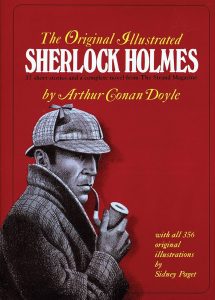
Elizabeth Bennet
The witty and spirited heroine from Pride and Prejudice continues to charm readers with her independence and depth.

Jay Gatsby
The mysterious millionaire from The Great Gatsby symbolizes ambition, love, and the American Dream gone wrong.

Movie & TV Legends
Harry Potter
The boy who lived a modern mythic figure of bravery, friendship, and destiny.

Darth Vader
Once a Jedi, now the ultimate symbol of redemption and darkness. His heavy breathing is pop culture gold.
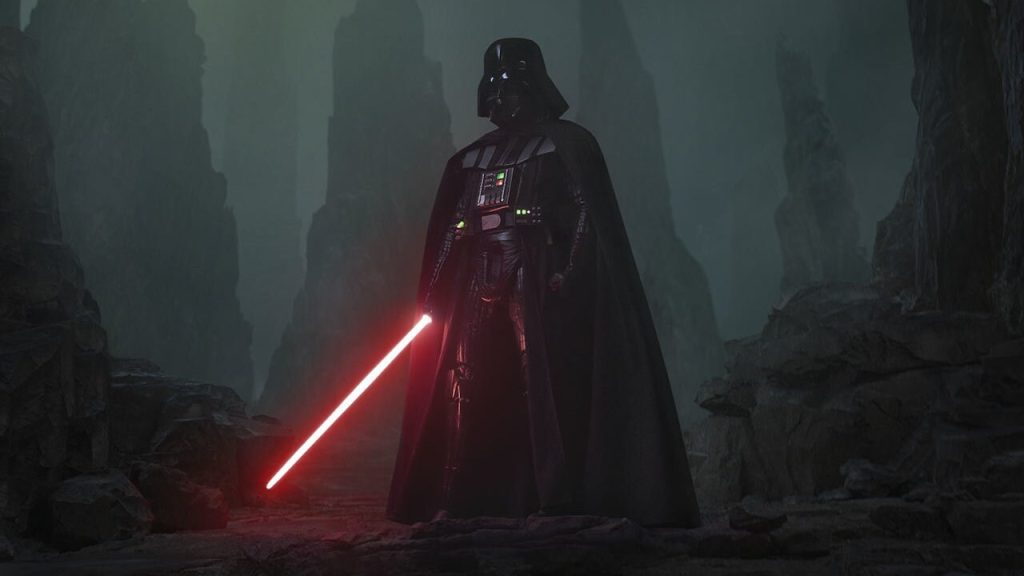
Walter White
The chemistry teacher turned drug lord from Breaking Bad. A masterclass in character transformation.
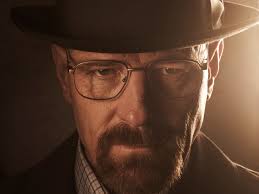
Comic Book Heroes & Villains
Batman
A vigilante shaped by trauma, armed with gadgets and a code. Gotham’s dark knight is iconic.
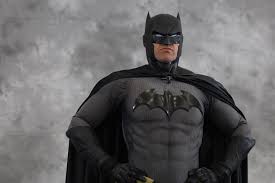
The Joker
Pure chaos. No backstory needed. The Joker is unpredictability and madness personified.

Spider-Man
Relatable, young, funny Peter Parker is the friendly neighborhood hero we all love.

Animated & Video Game Characters
Mickey Mouse
The face of Disney and childhood nostalgia. Simple, cheerful, and global.

Mario
The plucky plumber who’s been jumping through our screens for decades.

Goku
The Saiyan warrior from Dragon Ball Z known for his strength, heart, and endless training montages.

Why Fictional Characters Become Iconic
Relatability
Relatability is an important factor in making fictitious characters iconic. When readers or viewers recognise aspects of themselves in a character, such as feelings, challenges, or dreams, they form a strong emotional connection.
Characters dealing with real-life challenges, insecurities, or moral quandaries are more relatable and memorable.
Whether it’s Harry Potter’s need for belonging or Katniss Everdeen’s quest for justice, relatable characteristics make these characters memorable and keep them relevant throughout generations, generating long-term fan loyalty and cultural effect.
Emotional Impact
Fictional characters become iconic largely due to their emotional impact on readers and viewers. When characters express relatable feelings such as love, fear, or loss they create deep emotional bonds with audiences.
These connections evoke empathy and make the characters unforgettable. For example, Harry Potter’s journey through grief and courage resonates with many, making him a lasting symbol of resilience.
Such emotional depth allows fans to see themselves in these characters, fostering long-term attachment and cultural significance.
Cultural Influence
Fictional characters become iconic when they reflect or shape cultural values, beliefs, or societal issues. Characters like Superman, Sherlock Holmes, or Harry Potter resonate across generations because they embody ideals such as justice, intelligence, or courage.
They often appear in adaptations, merchandise, memes, and public discourse, reinforcing their cultural presence.
This widespread influence helps them transcend their original stories, turning them into symbols that people relate to, aspire to, or even critique, making them unforgettable figures in popular culture.
The Psychology Behind Loving Fictional Characters
Our emotional connection to fictional characters is rooted in a psychological phenomenon called parasocial relationships: one-sided bonds we form with people who don’t actually know us, like TV or book characters.
These characters often mirror real human traits, allowing readers to empathize with their struggles, victories, and personalities. Fiction also activates our imagination and emotions, making characters feel real. As a result, we develop strong attachments, just like we do with real-life friends or role models.
Creating Your Own Fictional Character: Tips for Writers
- Start with a strong motivation.
- Give them goals, obstacles, and internal conflict.
- Use character arcs to show growth.
- Let them fail. Let them be real.
Final Thoughts - Fictional Characters
Fictional characters might not breathe air, but they live in our minds and hearts. They teach, comfort, challenge, and inspire us. From classic novels to binge-worthy series, they shape how we see the world and ourselves.

